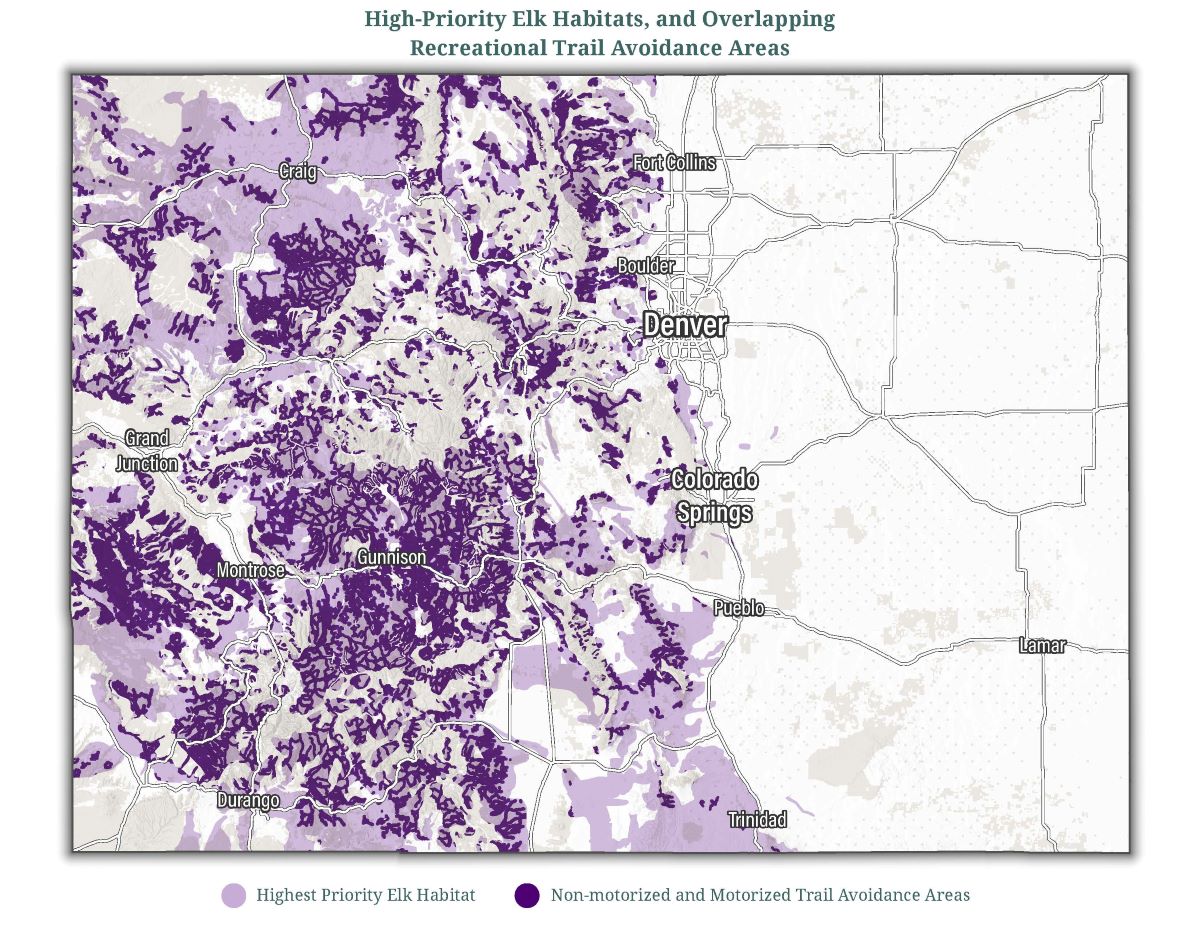The single-most important step that can be taken to revitalize herds on the Hart Mountain National Antelope Refuge
Over the previous three blogs in this series, I’ve covered the history behind the creation of the Hart Mountain National Antelope Refuge, the role of these public lands in the recovery of bighorn sheep and pronghorn antelope populations, and some of the threats facing these species and others across the Great Basin. In this final blog, we’ll dive a bit deeper into policy.
While it’s not as thrilling or attention-grabbing as a video of a biologist flying in a helicopter to capture bighorn sheep, the rules and guidance that inform the on-the-ground management actions of federal agencies are central to how we achieve our mission to “guarantee all Americans quality places to hunt and fish.” So, hang in there as I provide details about a few policies that guide the work of the world’s first wildlife conservation agency, the U.S. Fish and Wildlife Service.
Background:
The earliest roots of the U.S. Fish and Wildlife Service date back to 1871 with the establishment of the United States Commission of Fish and Fisheries. Since that time, the name has changed many times, but the mission to restore and safeguard fish, wildlife, and their habitats has remained constant. The nation’s first national wildlife refuge was established by President Theodore Roosevelt on Pelican Island, Florida, in 1903. Since that time, the National Wildlife Refuge System has expanded to include 567 refuges on more than 100 million acres across the country.
Many laws and regulations have been created since the first refuge in 1903, but two acts of Congress in particular form the basis for today’s refuge mandates and management tactics. The first piece of comprehensive legislation was the National Wildlife System Administration Act of 1966. This law formally established the National Wildlife Refuge System, provided new refuge guidance, and—perhaps most importantly—required that activities on any given refuge must be ‘compatible’ with its established purpose. It also identified six priority public uses on national wildlife refuges: hunting, fishing, wildlife observation, photography, interpretation, and environmental education.
In 1997, Congress passed a significant amendment to the Administration Act, the National Wildlife Refuge System Improvement Act, which further strengthened the underlying philosophy that “wildlife comes first” on refuges. Among its key provisions is a requirement that every national wildlife refuge develop a comprehensive conservation plan and revise it every 15 years.
Comprehensive conservation plans ensure that each refuge unit is managed to fulfill the purposes for which it was established. They describe the desired future conditions of a refuge and provide long-term guidance and management direction to maximize the quality of fish and wildlife habitat. While the ecological and biological sciences serve as the foundation of each CCP, the process of developing and revising these documents relies on public participation and input from local community members such as business owners, hunters, anglers, wildlife enthusiasts, and more.
How does a CCP matter to Hart Mountain:
In 2012, the Hart Mountain National Antelope Refuge initiated a planning process to revise its CCP, which would have created the opportunity to ensure that the refuge’s management plan incorporated the best-available science and addressed its most pressing challenges. As I’ve detailed in prior blogs, big game populations on the refuge face a number of significant threats that require active management. Climate change, diminished habitat quality, increased recreational use, and mountain lion predation are all factors that affect Hart Mountain’s legacy of conservation success. Unfortunately, the planning process was put on hold in 2016 before a new plan could be completed and as a result the refuge is still being managed under the 1994 CCP, which is now 28 years old and long obsolete.
The TRCP and its partners appreciate the work of the Fish and Wildlife Service in completing the recently finalized Bighorn Sheep Management Plan for Hart Mountain that aims to reverse a rapidly declining population. Now, the refuge needs a full CCP revision to improve habitat conditions for pronghorn, mule deer, sage grouse, and other species experiencing regional declines. Furthermore, a revised CCP should utilize the best-available science and consider additional opportunities to conserve and enhance the pronghorn antelope migration that was the basis for the creation of the refuge.
Reinitiating a CCP planning process for Hart Mountain is the single-most important step that can be taken for healthy habitats and robust wildlife populations on these public lands. Big game herds on the refuge offer sportsmen and sportswomen one-of-a-kind hunting opportunities that we can’t afford to lose.
Take action today for one of the nation’s first big game refuges, the Hart Mountain National Antelope Refuge.












Thank you Michael for this informative series.
We (The Friends of Hart Mountain–non-profit) believe strongly in a new CCP. In fact, all western-land management agencies need to compress the time between management plans due to climate change.
The nearby Vale District BLM, a 4.6 million acre land mass with dozens of WSA’s (Wilderness Study Areas), ACEC’s (Areas of Critical Environmental Concern), and Lands with Wilderness Characteristics (LWC’s) are sitting in management limbo.
Once the RMP is complete–this year??, much of the data will be 50 years old, if the agency choses Option A, No Action Alternative–unconscionable!
Please USFWS, complete a new CCP and plan for ten or fifteen years instead of twenty-year timelines.